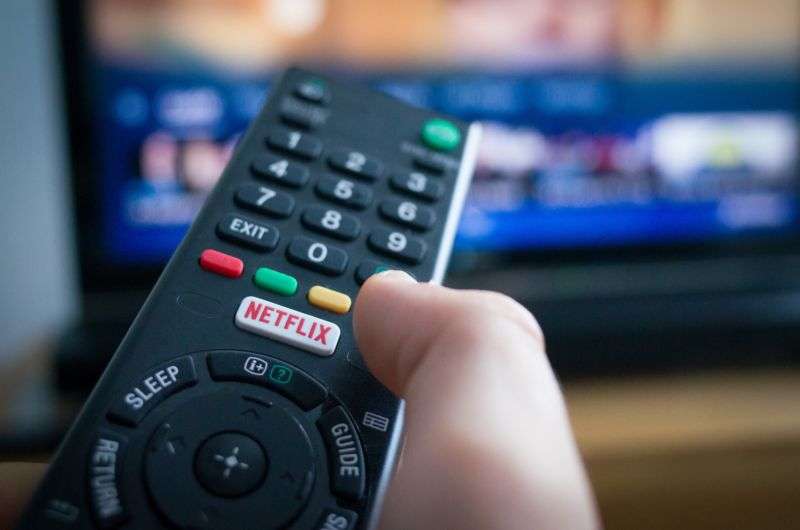
Cable and satellite TV sinks again as online streaming soars

Cord cutting continued at a steady rate in 2018, as cable and satellite TV providers in the United States lost more than 3 million video subscribers, a new report from Leichtman Research Group said.
Satellite TV services were hit especially hard. AT&T-owned DirecTV lost 1.24 million subscribers and finished 2018 with 19.2 million subscribers. Meanwhile, Dish lost 1.13 million subscribers and ended 2018 with 9.9 million. The combined DirecTV and Dish losses of 2.36 million customers in 2018 was up from the companies’ combined loss of 1.55 million in 2017.
The top cable companies—Comcast, Charter, Cox, Altice, Mediacom, and Cable One—lost a combined 910,000 TV subscribers in 2018, up from a net loss of 660,000 in 2017. The six companies had a total of 47 million TV subscribers at the end of 2018.
DirecTV and Dish made up some of their subscriber losses by nudging customers toward the online versions of their services. DirecTV Now—AT&T’s online version of DirecTV—gained 436,000 subscribers in 2018 to move up to a total of 1.59 million. Dish-owned Sling TV gained 205,000 customers, achieving a total of 2.42 million. Despite being delivered over the Internet, both DirecTV Now and Sling TV are linear pay-TV services that are similar in function to traditional cable and satellite TV.
The Leichtman tally also includes TV services offered by large phone companies, namely Verizon FiOS, AT&T U-verse, and Frontier. These three services lost a combined 244,000 TV subscribers in 2018, dropping to 8.99 million total, despite U-verse gaining 47,000.
Broadband subscriptions rise
By contrast, Leichtman’s survey of the US broadband market found that cable companies added 2.9 million Internet subscribers in 2018, achieving a total of 64.3 million.
DSL and fiber companies lost 472,000 broadband subscribers in 2018, dropping to a total of 33.9 million.
Cable companies have tried to stem video losses by imposing data caps on their broadband services. This makes it harder for customers to rely entirely on streaming. But rising cable prices and poor customer service have helped drive cable TV users to streaming services anyway.
Online streaming soars
The Leichtman video data is for linear TV providers, and it doesn’t include streaming options like Netflix, Amazon, and Hulu. That part of the market is clearly soaring, though. In the US, Netflix reported 58.5 million paid memberships at the end of Q4 2018, up from 52.8 million the previous year. Hulu says it hit 25 million US subscribers in 2018, up 48 percent year over year.
Amazon’s Prime Video is bundled with a ton of other Prime services, so specific Prime Video data is harder to come by. Data published by Reuters a year ago showed that Amazon had about 26 million viewers in the US.




